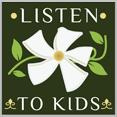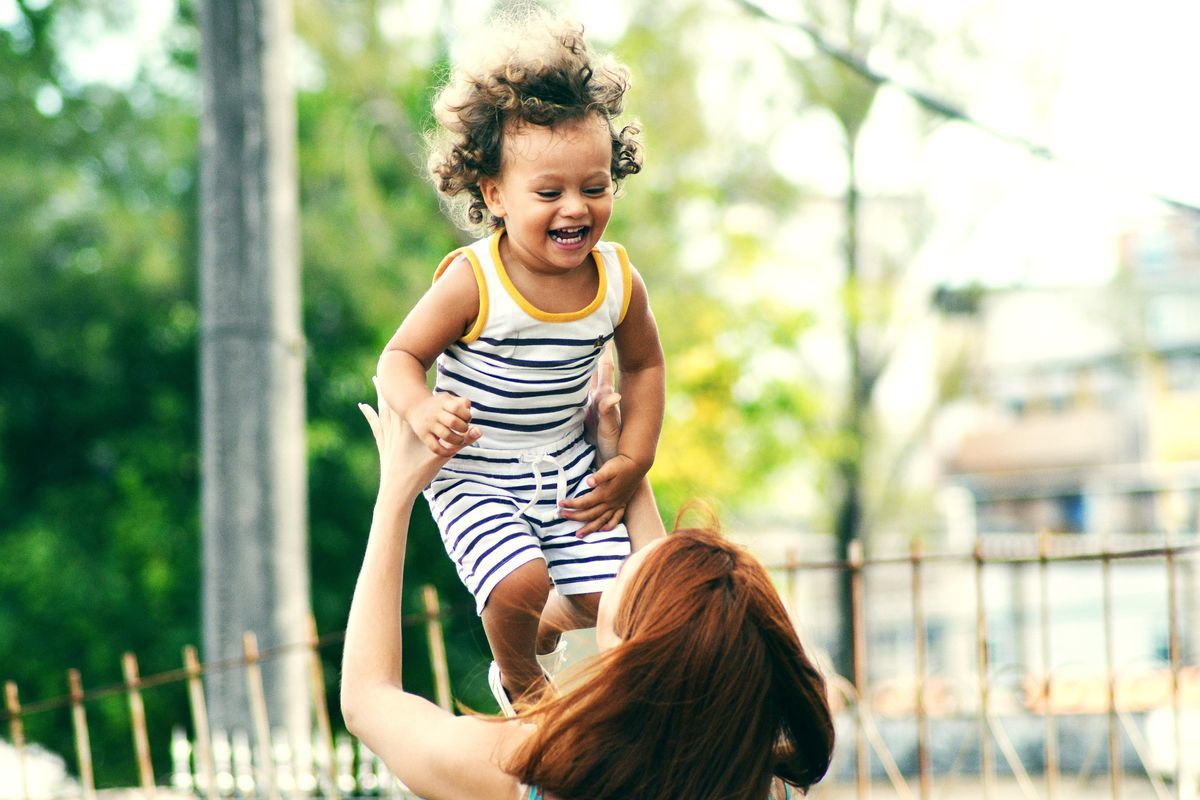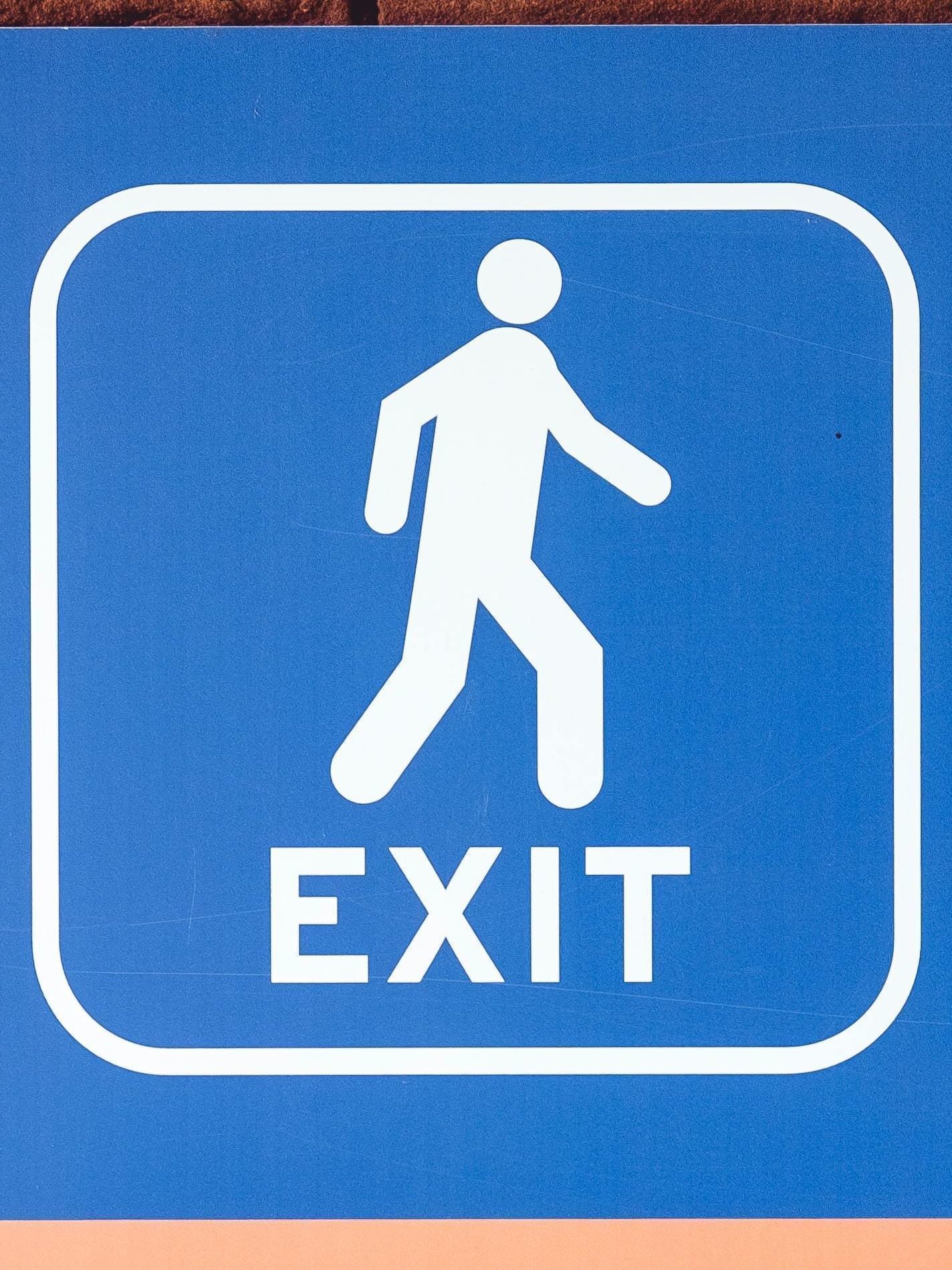6. Ask kids how safe they feel on a scale of 1-10.
1="I'm in no danger at all right now. I feel comfortable & my body feels relaxed." ..............................10-="I'm in physical danger right now. I feel the urge to fight, escape, or freeze."
The goals of this question are:
- to train kids when they're NOT in a traumatic moment to evaluate their own feelings of safety. This way, if they do find themselves in a traumatic situation, they'll recognize it.
- to get information about the child's safety.
- to provide kids with a safe place to tell us when they're scared. If they're in danger, we can protect them. If the danger is only perceived, we can reassure them about how the world works. Regardless of whether you believe they're in danger, validate the child's fears before saying anything else.
Routinely ask the kids in your life how safe they feel, so that it becomes a normal question to them and they become accustomed to answering honestly.
- For kids to take the question seriously, we need to commit to not responding to their answers with anger, fear, despair, micro-managing, or other overwhelming emotions. If we display intense emotions to a kid when he gives us an "8" out of "10" for feeling safe, he'll probably want to protect us from that emotion in the future & will learn to say everything's okay.
- Normalize the question so that kids begin to internalize this self-examination. "How safe did you feel at school today?" "How safe did you think that movie was?" "How safe does it feel to eat that?" "Does that teacher feel safe?"
- Always use a scale. A "yes" or "no" answer gives you absolutely no information. Kids often answer a "yes/no" question with the answer most likely to end the conversation.
- If a kid tells you he or she doesn't or didn't feel safe, DON'T FREAK OUT. Instead, become curious & have a discussion about the details. You could say things like: "I'm sorry you didn't feel safe. What might have made you feel safer?" "What part about it felt unsafe?" "How can we change things so that you feel safer?" Kids may find these questions very challenging, especially if they're from a family that doesn't talk about emotions. That's okay. Merely asking the questions begins a new neural pathway, so that the more they hear these questions, the easier they'll be to answer. End the conversation, whether the kid has engaged in it or not, with an assurance that you never want him or her to feel unsafe. "Kids should be safe. I'm here to protect you. You can tell me anything."










